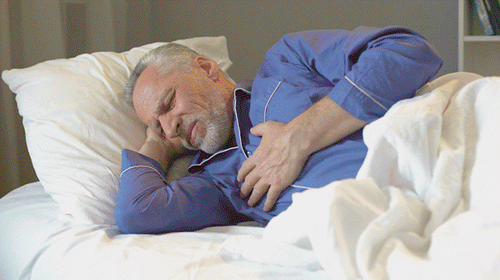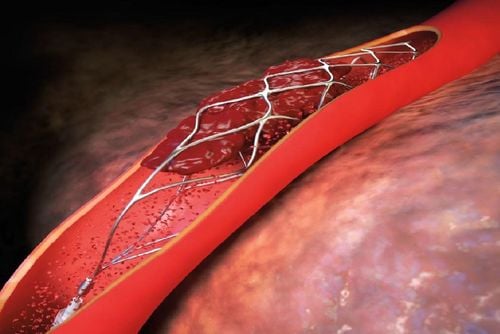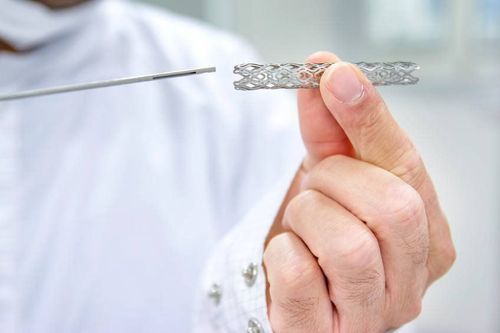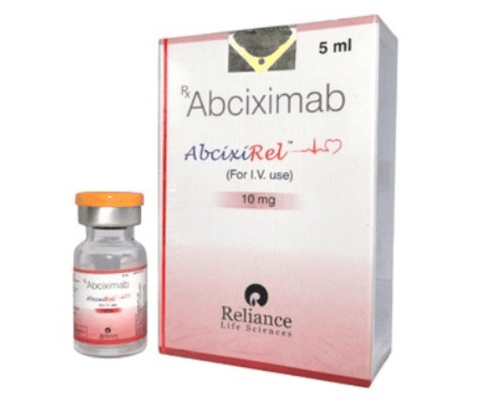This is an automatically translated article.
Percutaneous coronary intervention is an effective treatment for coronary artery stenosis and myocardial infarction. It is necessary to monitor and care for patients after coronary intervention carefully to promptly intervene if complications occur.1. Why should follow-up after coronary intervention?
Percutaneous coronary intervention is a technique of inserting a catheter (sheath) into the radial artery of the arm or femoral artery (creating a path to insert instruments into the coronary artery. Then, the doctor uses a balloon balloon. and a metal stent (coated or not), placed in the narrowing of the coronary artery.After stenting, the patient feels less chest pain, more comfort, and increased exercise capacity than In addition, patients will reduce the risk of cardiovascular events such as myocardial infarction and deathHowever, revascularization is not a solution that can solve the whole problem. After one year of revascularization, there are still cases where the patient has chest pain or needs re-intervention. Therefore, monitoring the patient after coronary intervention is indispensable.
SEE ALSO: Re-stenosis after angioplasty and stenting
In addition, because there are many new advances in treatment techniques, along with many complications after coronary intervention may appear. Monitor and care for patients after coronary intervention.
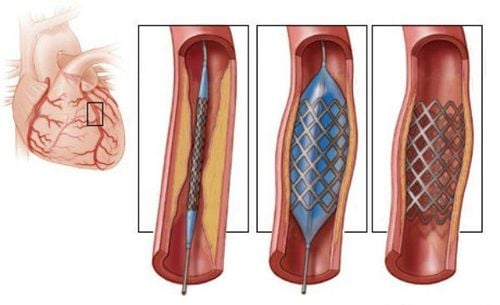
Việc chăm sóc bệnh nhân sau can thiệp mạch vành có vai trò quan trọng giúp bệnh nhân nhanh chóng hồi phục
2. How to monitor patients after coronary intervention?
After performing coronary intervention, it is necessary to monitor the patient to identify complications or dangers.2.1 Withdrawal of the sheath (catheter) Access to the brachial radial artery: The sheath is withdrawn immediately after the procedure and the doctor performs compression with a fixed bandage. Next, loosen the bandage after 2 hours, remove the bandage after 4-6 hours if there is no bleeding; Femoral artery access: If a specialized vascular closure device is used, the sheath can be withdrawn immediately after the end of the procedure. In case of hemostasis by manual pressure, the femoral artery sheath is fixed and kept for 3 hours after the procedure. Ideally, try the ACT before withdrawing the sheath. If ACT < 160 seconds, withdraw sheath. After withdrawing the sheath, perform manual hemostasis. 2.2 Patient care after sheath removal During the patient's stay in bed, medical staff should monitor the patient after coronary intervention every 30 minutes. The following parameters should be checked: Check pulse, blood pressure, manifestations of hypovolemic shock; Examine the thigh on the side of the puncture for bleeding or hematoma formation; Check the leg blood vessels, color, and skin temperature of the leg on the side of the pulse, to make sure there is no limb ischemia; Medical staff should instruct the patient to do the following: Lying in bed within the first 6 hours after the intervention, keeping the treated leg straight within the first 2 hours; Press and hold the puncture wound area when coughing, sneezing; Call your healthcare provider if you notice recurrent bleeding; Notify medical staff if you feel a lot of pain in the area being treated; Drink extra fluids to prevent low blood pressure and kidney disease from using contrast agents.

Biến chứng sau can thiệp mạch vành hoàn toàn có khả năng xuất hiện
3. Which cases need re-examination / dangerous signs?
After discharge, the patient is prescribed medication to continue treatment. Patients need to strictly follow the medication prescribed by the doctor in order to reap the therapeutic benefits. Patients are absolutely not allowed to quit or change drugs on their own without consulting a doctor;After every 3 - 6 months, the heart should be re-examined or when there are abnormal symptoms such as shortness of breath, increased chest pain, dizziness, nausea, black stools, bleeding under the skin,... Then , the patient should be tested for cardiovascular function, blood clotting function, platelet count,...;
Besides, the patient needs to rest, have an exercise regimen according to the doctor's advice; Don't smoke, don't drink alcohol, eat scientifically and healthy. In addition, patients need to coordinate treatment between specialties, focusing on blood sugar disorders, dyslipidemia to reduce the risk of coronary re-stenosis.
MORE: Nutrition after coronary artery disease surgery to avoid coronary re-stenosis
Monitoring patients after coronary intervention plays an important role in detecting and timely handling complications, helping to improve highly effective treatment.
Coronary re-stenosis can occur after coronary intervention. Therefore, in order to ensure health, after performing coronary intervention, patients need to continue using the prescribed drugs, at the same time pay attention to health care, maintain appropriate nutrition, and properly re-examine. appointment to prevent possible complications after coronary intervention.
Cardiovascular Center - Vinmec International General Hospital is effectively and safely applying coronary angiography, balloon angioplasty, angioplasty and coronary stenting. Accordingly, after coronary intervention, patients are also monitored, managed and given intensive advice on how to care, manage and maintain appropriate nutrition to recover quickly.
The entire procedure of examination and treatment, coronary intervention at Vinmec is performed by a team of qualified, experienced and well-trained medical doctors, so it brings good treatment results, limited Reduce the risk of restenosis after coronary intervention.
Please dial HOTLINE for more information or register for an appointment HERE. Download MyVinmec app to make appointments faster and to manage your bookings easily.





